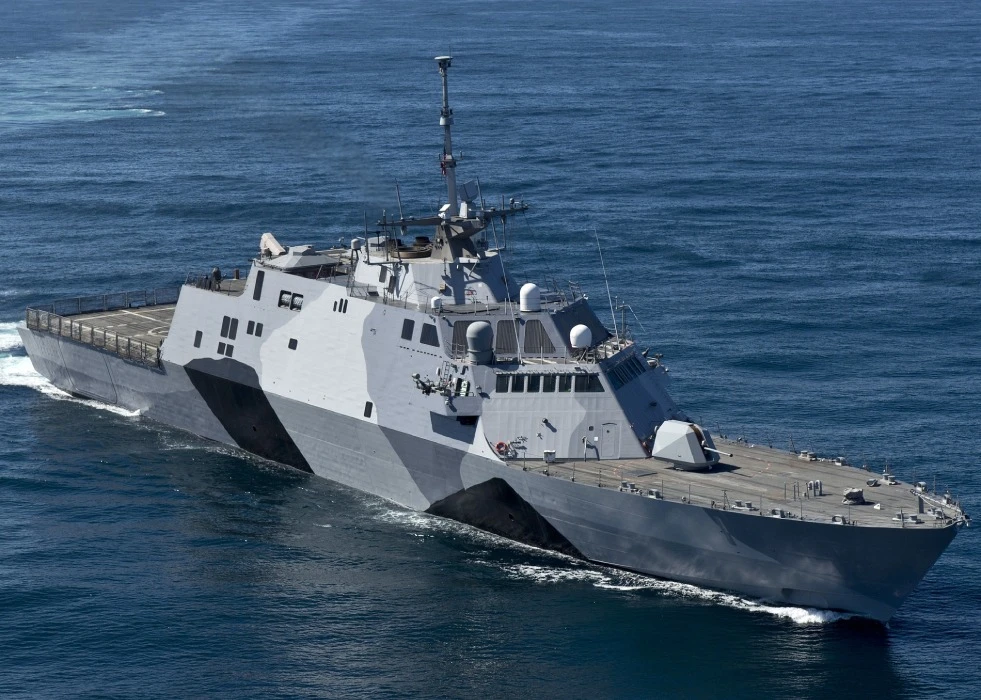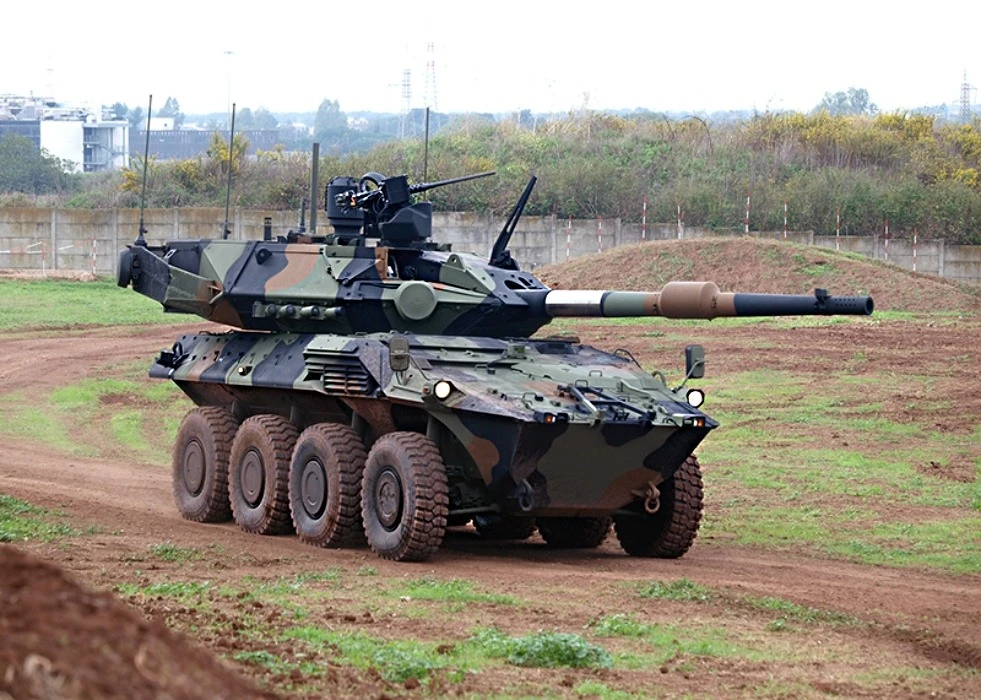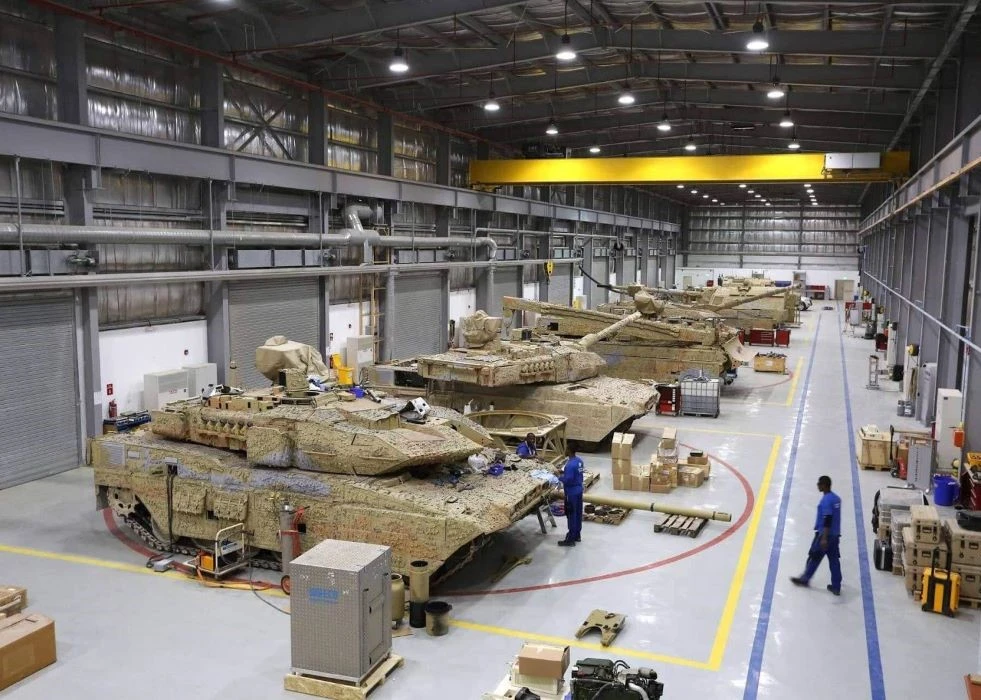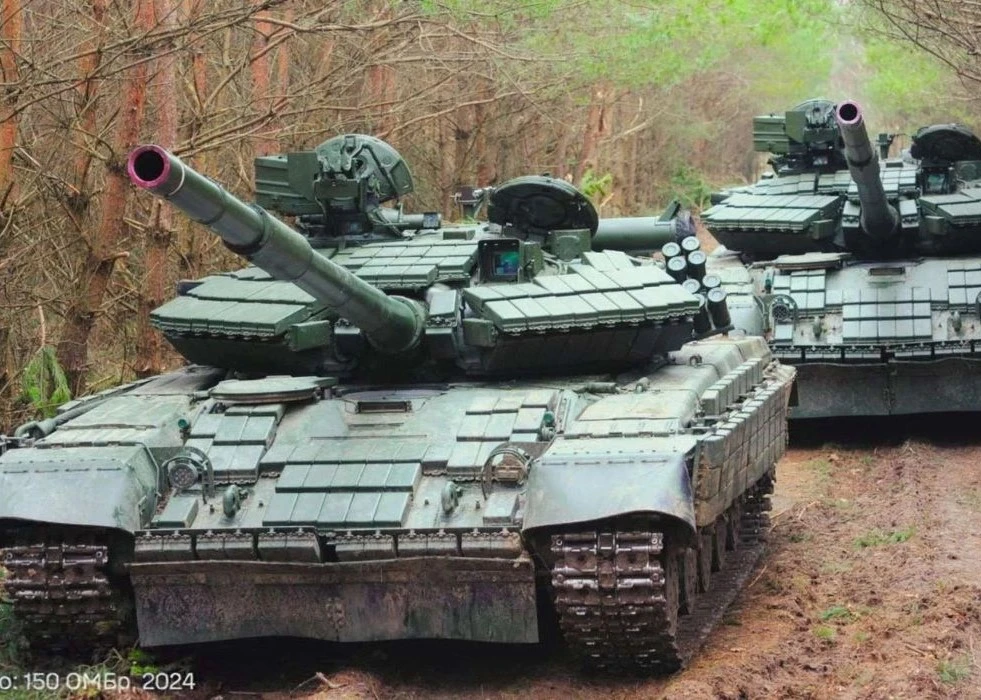FFG has been chosen after a competition with Rheinmetall for a contract that covers the delivery of 66 armoured personnel carriers to Ukraine. The main reasons for MoD to pick FFG were low costs and quick delivery.
FFG APC, the platform to be provided, is manufactured in an under-armoured state against the threats frequently faced by Ukrainian personnel, according to a report from German news platform Bild.
It is without question that any armoured vehicle delivered to Ukraine faces a brutal protection test in the presence of artillery, mine, tank, and ATGM threats. On some occasions, vehicles have to endure more than one type of such threat at the same time.
Against all these threats, FFG APCs for Ukraine only protect from small arms fire at STANAG Level 2 rating, which means protection against up to 7.62x39 mm API BZ rounds. STANAG Level 2 against artillery shells is defined as protection at more than 80 meters away from the fragmentation of 155 mm shells.

Ukrainian personnel shared photos of the badly damaged FFG APC after a Russian shelling on Bakhmut. The wheels were torn off, and the hull was riddled with holes on the exposed side of the vehicle.
However, protection is just one part of the scandal. While FFG planned a licensed production of BATT UMG vehicles with parts delivered by TAG USA and Ford, the deal was traced to the UAE-based TAG Middle East.
Additionally, the German MoD paid an excessive price per vehicle: €600000. Considering the equipment, protection level, and the price of vehicles in similar classes, the pricing is beyond the logical boundaries.
German PzH 2000 155 mm SPGs supplied second-hand to Ukraine were also reported to experience fragility issues in 2022.
The New Voice of Ukraine reported that another deficit of German-supplied equipment to Ukraine occurred in PzH 2000 155 mm SPGs. The second-hand howitzers’ poor pre-delivery maintenance had caused failures in barrels and loading mechanisms because of excessive physical and thermal stress. The excessive stress stemmed from Ukrainian artillery units’ frequent firing. This also serves as a lesson regarding the importance of maintaining the components of artillery systems exposed to regular and high magnitudes of stress.
Equipment supplied to Ukraine isn’t the first time German firms had issues with regulations and requirements. Similar incidents have occurred in both military and civilian sectors in the past.
For the military sector, Heckler & Koch’s G36 5.56 mm assault rifle had severe accuracy and frame-deforming problems during prolonged firefights, worsening in hot climates. A report from Spiegel conveyed a reply from the military decision-makers to the soldiers’ complaints: to “let the weapon cool down after rapid single fire or short bursts”. This eventually pushed Germany to replace the G36 at a time quite early for a service rifle with HK433.
In the civilian sector, a sneaky move was made by the well-known automotive company Volkswagen to circumvent the emission tests for cars in the U.S. To have a high performance from its internal combustion engines and pass the emission tests that aren’t friendly with the term “high performance”, the company planted a control system to tone down the performance on purpose and emission as a result. With a specially designed algorithm, the system sensed when the car was put on a test device and adjusted the engine automatically to show the emissions lower than they actually were. When this was revealed, the company lost billions of dollars on top of reliability, as reported by BBC.













